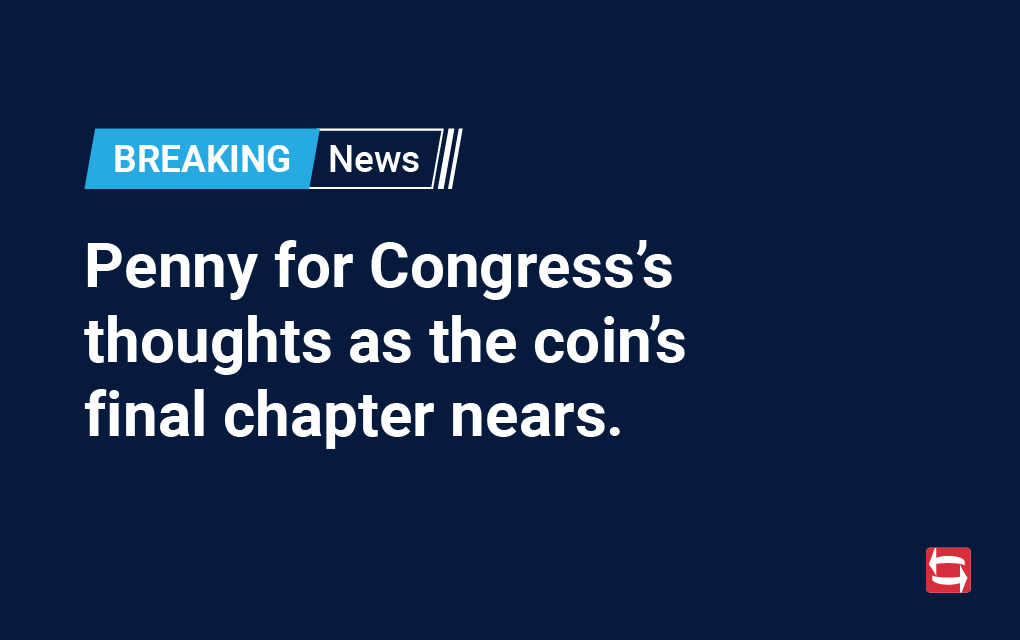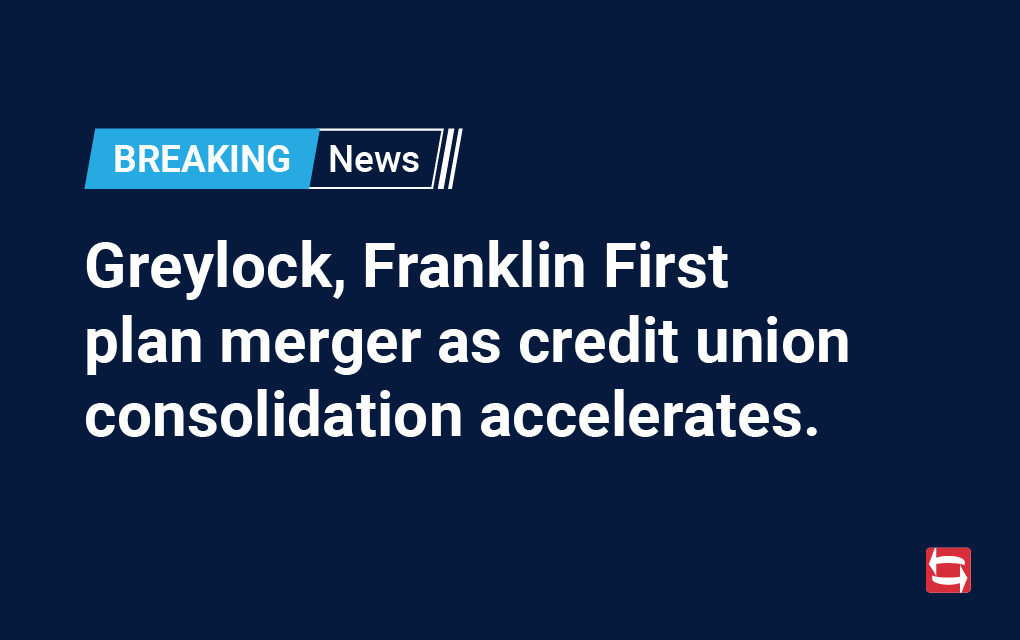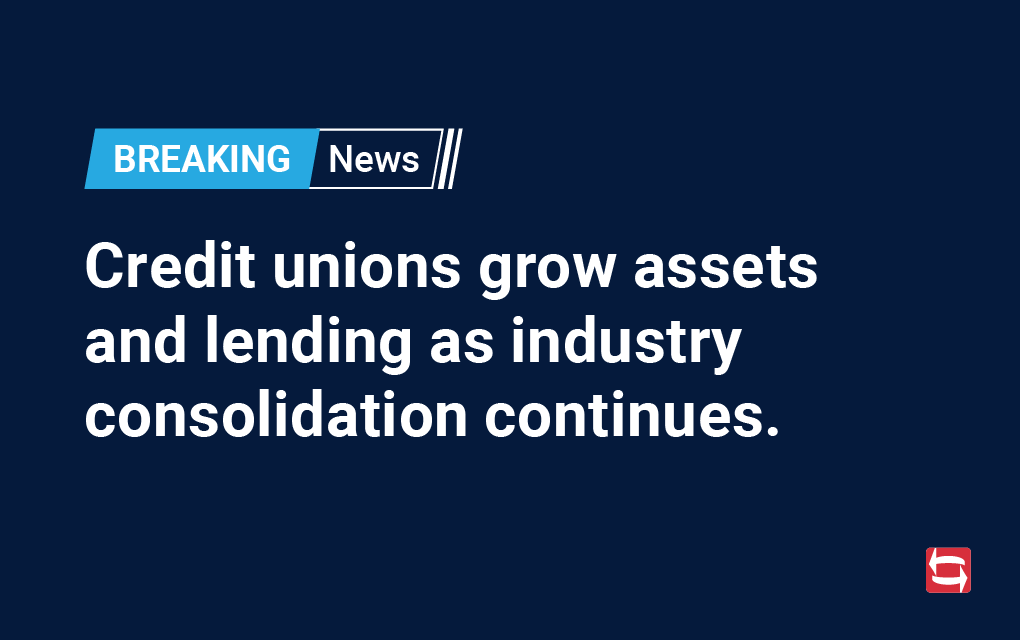
U.S. growth to slow in 2026 as high inflation and tariff uncertainty weigh on economy, TruStage says.
The financial services firm forecasts weaker expansion and continued restrictive monetary policy despite gradual rate cuts.
The U.S. economy is expected to grow more slowly in 2026 as persistent inflation, uncertain tariff policies, and restrictive monetary conditions constrain activity, according to a new forecast from TruStage, an insurance and financial services company that tracks the credit union industry.
Real gross domestic product is projected to expand by 1.5% in 2026, down from a 1.8% pace in 2025 and below the nation’s estimated long-run growth trend of 2%. “Growth will be slightly weaker than normal due to tariff policy uncertainty, restrictive monetary policy and slower labor force growth,” the firm said in its latest economic outlook.
Inflation is expected to remain stubbornly above the Federal Reserve’s 2% target, easing only marginally to 3% in 2026 from 3.1% this year. TruStage said firms are likely to pass along additional tariff-related costs, while a slower-growing labor force will keep upward pressure on wages. “This stubbornly high inflation will ensure monetary policy stays restrictive for most of 2026,” the report noted.
The unemployment rate is forecast to hold steady at 4.5% through the end of 2026, after rising from current levels by late 2025. TruStage expects monthly nonfarm payroll gains of about 50,000 next year—the “breakeven” pace needed to keep unemployment stable. Labor demand, the firm said, will be dampened by tighter financial conditions, while restrictive immigration policy and deportations will constrain labor supply.
Story continued below…
The Federal Reserve is expected to trim the federal funds rate by 50 basis points in late 2025 and another half-point in 2026, bringing the benchmark rate to around 3%—a level the firm characterizes as “neutral.” Long-term rates are projected to fall as well, with the 10-year Treasury yield slipping to 3.9% and 30-year mortgage rates declining to roughly 6% by the end of 2026.
Credit unions, meanwhile, are poised for modest loan growth. Loan balances rose 1.8% in the second quarter of 2025, up from 1.1% a year earlier, as lower interest rates spurred borrowing and higher liquidity boosted lending capacity. TruStage Chief Economist Steve Rick wrote that larger credit unions have reported faster growth than smaller peers.
The firm expects loan balances to increase 4.5% in 2025 and about 5% in 2026—still below the historical average of 7%.
“We are forecasting slightly better credit union loan growth for 2026 (around 5%) as lower interest rates encourages members to borrow and spend and credit unions experiencing slower amortization of past debt.”
– Steve Rick
Chief Economist
TruStage









